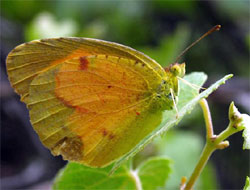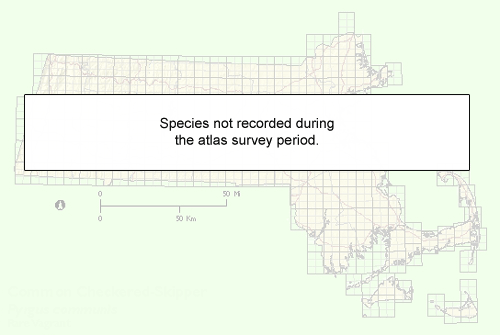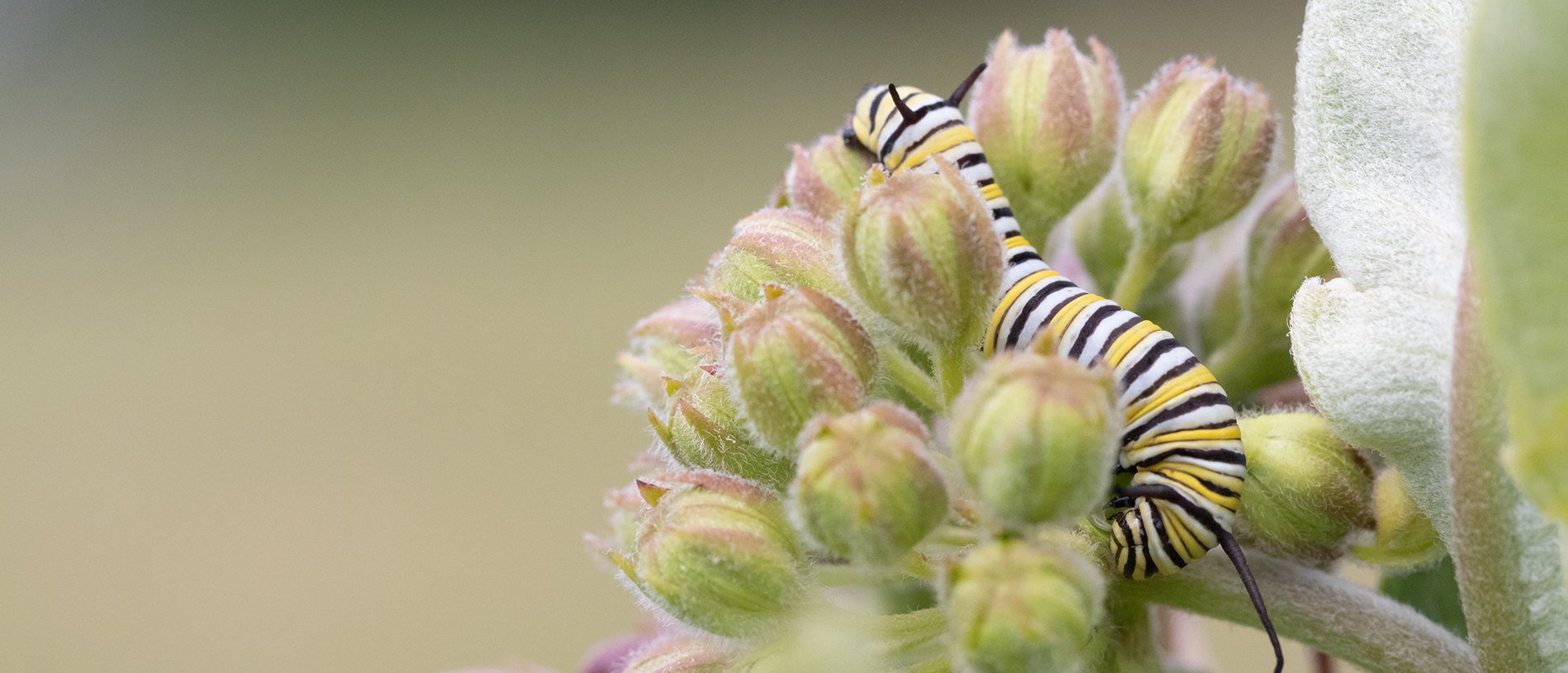Find a Butterfly
Sleepy Orange
Eurema nicippe
Named
Cramer, 1779

Identification
Wingspan: 1 3/8 - 1 7/8". Superficially resembles the Orange Sulphur, but smaller, with a more rounded shape (particularly noticeable in the leading edge of the forewing) and lacking a prominent central hindwing spot. The similar Little Sulphur is mainly yellow (sometimes with a tinge of orange) and has a smooth rather than jagged inner edge to its black wing margins above.
Distribution
Lowlands of the New World tropics south to Brazil. Breeds continent-wide in North America from southern California through Texas, the Gulf states, and Florida north to Virginia. Establishes temporary colonies north to central states. Vagrants have been recorded as far north as Colorado, southern Ontario and southern New England. In New England, the Sleepy Orange is known from Massachusetts, Connecticut, and Rhode Island.
Status in Massachusetts
Very rare vagrant from the South with no known Massachusetts specimens. Three sight records, all of single individuals are as follows:
Brockton, (Plymouth Co.), 1877, Edwards; this specimen was seen in passing "on a (train) ride to Boston"
Cambridge (Middlesex Co.), 17 October 1946, V. Nabokov (Nabokov, 1947).
Wellesley (Norfolk Co.), October 1890, Denton (Farquhar, 1934, doubts the validity of this record).

Flight Period in Massachusetts
Most likely to be seen in late summer and fall when southern vagrants occur most frequently; however spring vagrants have been recorded to the west.
Larval Food Plants
Herbaceous plants of the family Caesalpiniaceae, especially sennas. Species used by Sleepy Orange that are native to Massachusetts are Wild Sensitive Plant (Chamaecrista (Cassia)-nictitans) and Partridge Pea (C. fasciculata).
Adult Food sources
Many species of wildflowers. Late-blooming composites such as asters and goldenrods are likely to be visited in New England.
Habitat
Woodland edges and open areas. Near the northern extremity of its regular breeding range in Virginia, Sleepy Orange is said to prefer broad river bottoms, sides of streams and the vicinity of ponds (Clark and Clark, 1951).
Life Cycle
Information for this species in Massachusetts is currently unavailable.
Notes
The author of Lolita says of his urban encounter with this tropical waif: "It might be worth placing on record, as a feature of the warm autumn of 1946, that not only was the Little Sulphur abundant throughout the fall along the railway line near Wellesley, but that the very rare visitors, the Sleepy Orange and Cloudless Sulphur (one specimen of each), were seen by the author ...in the streets of Cambridge." (Nabokov, 1947).
Account Author
Chris Leahy



